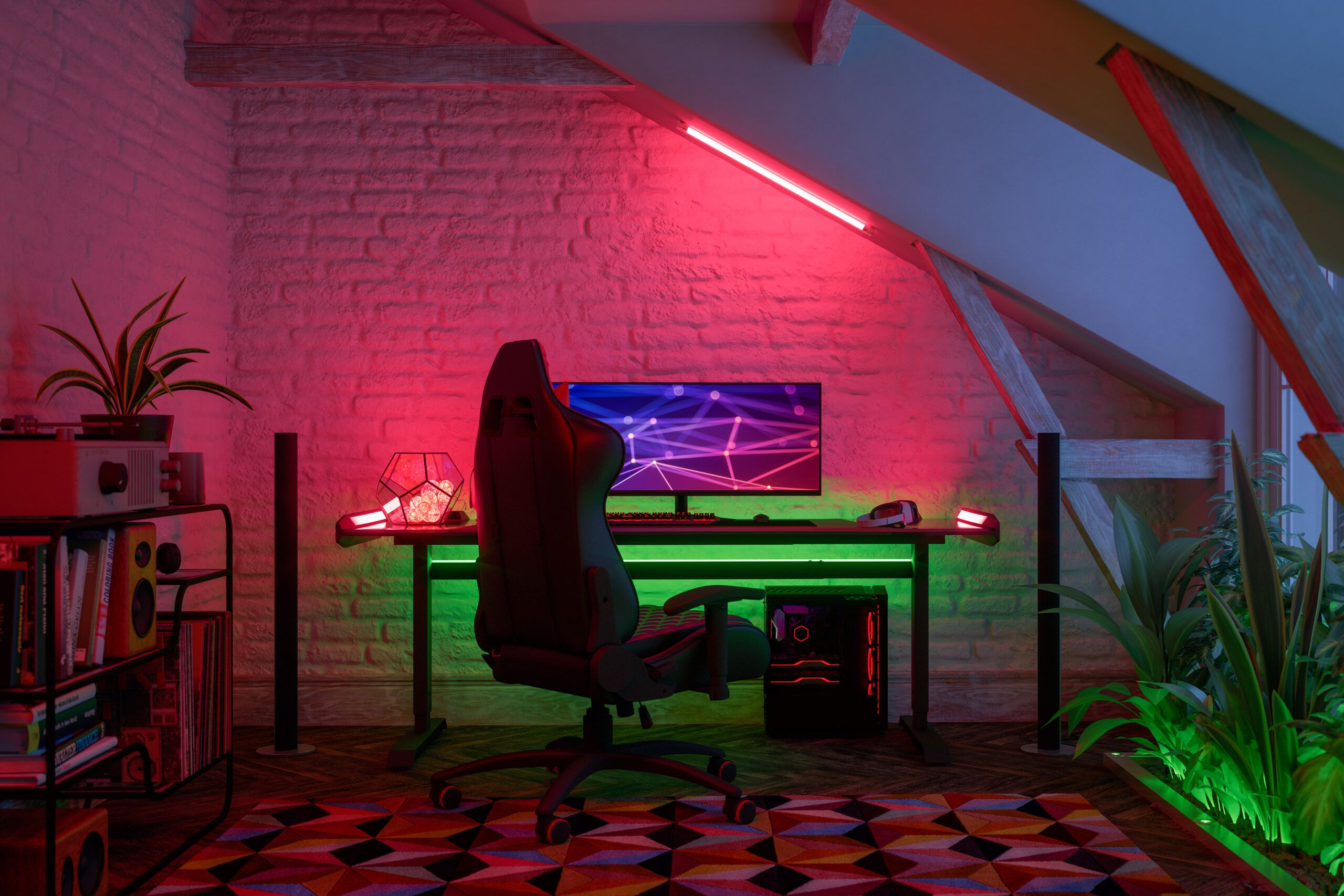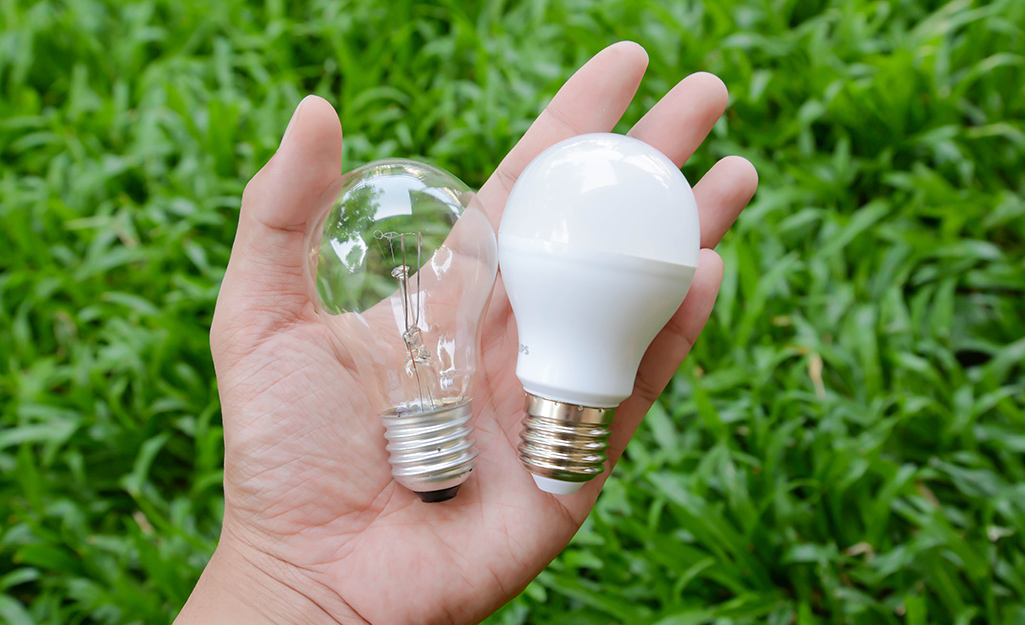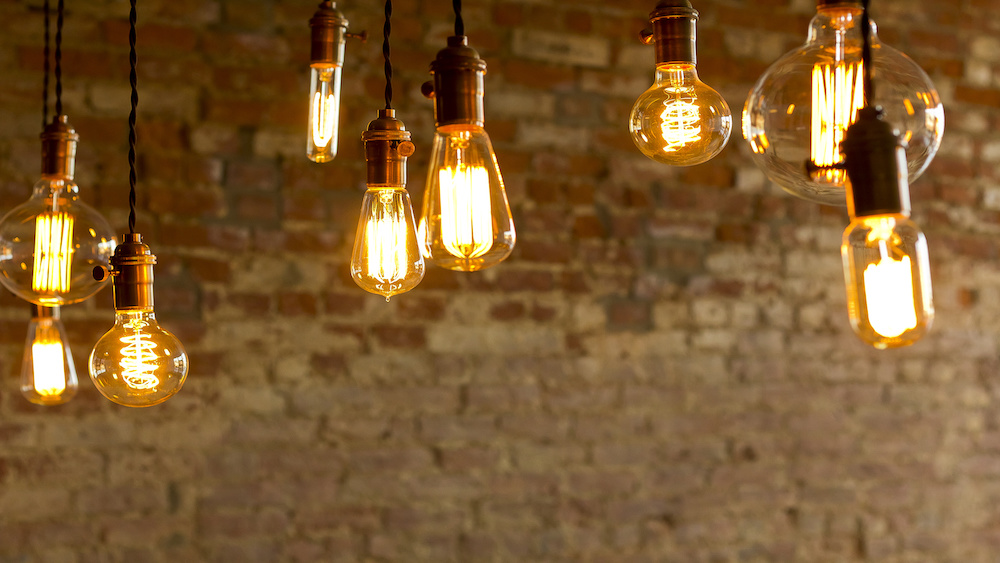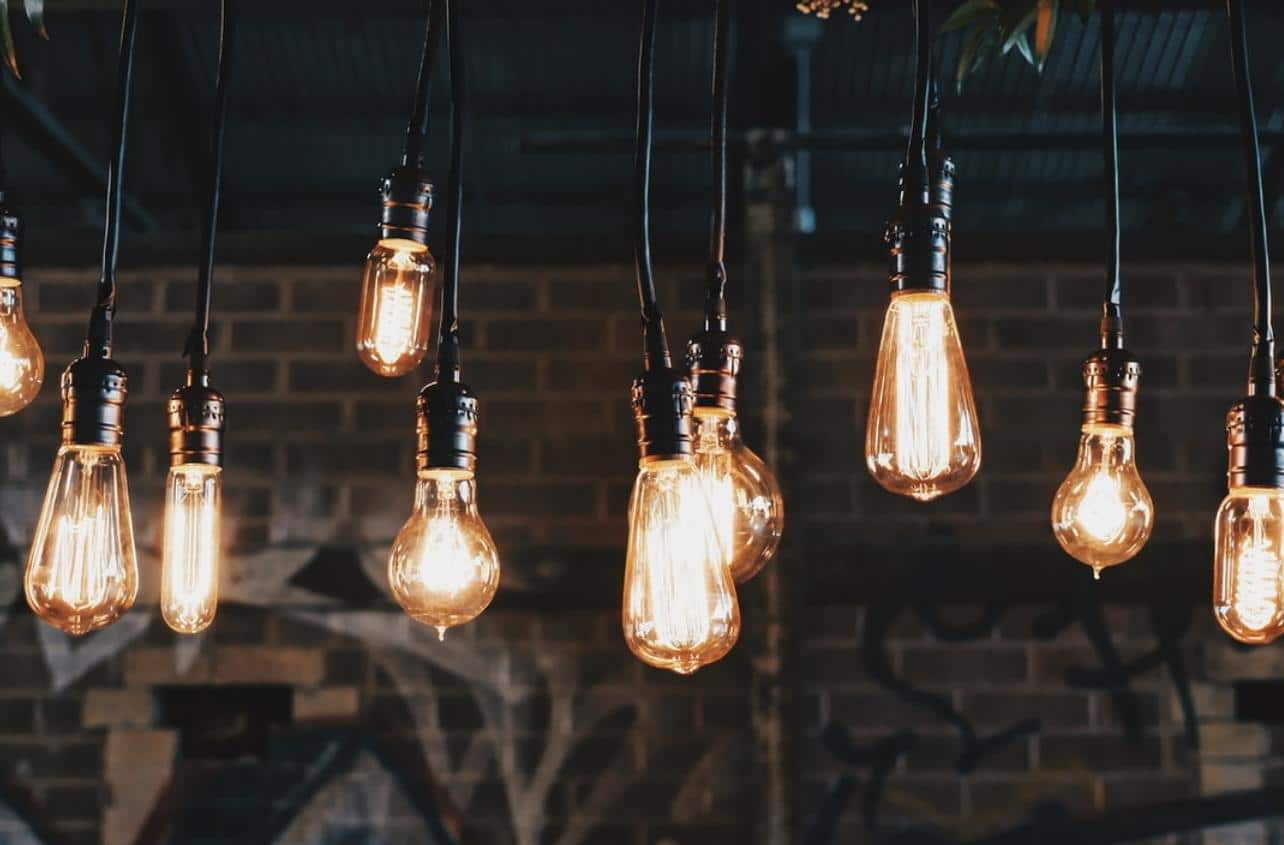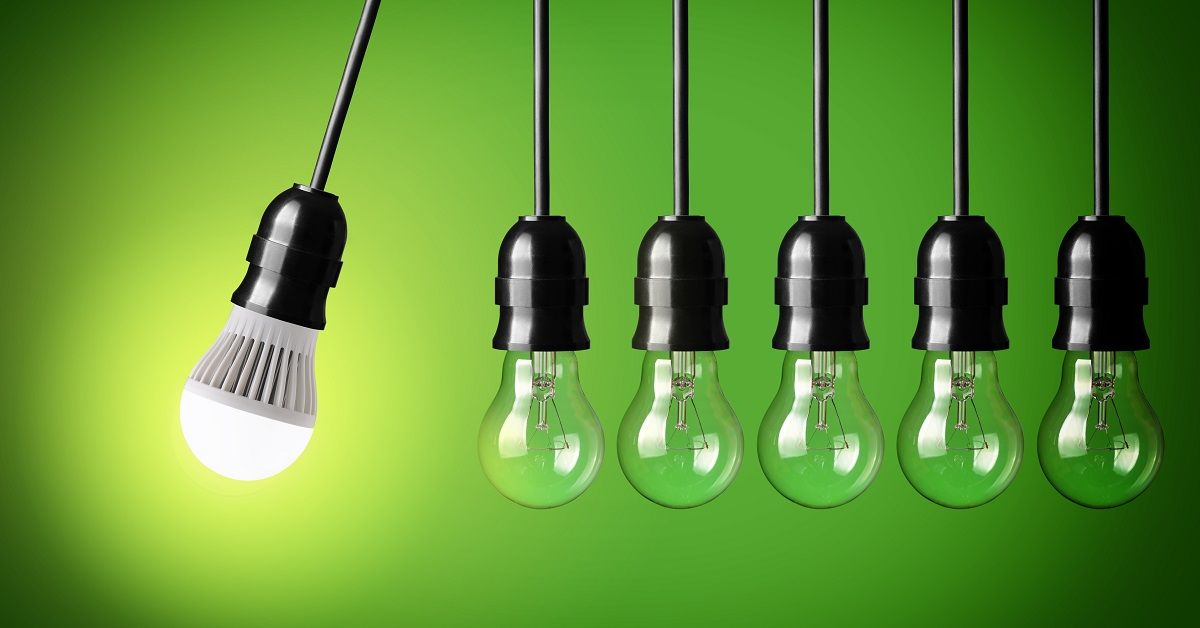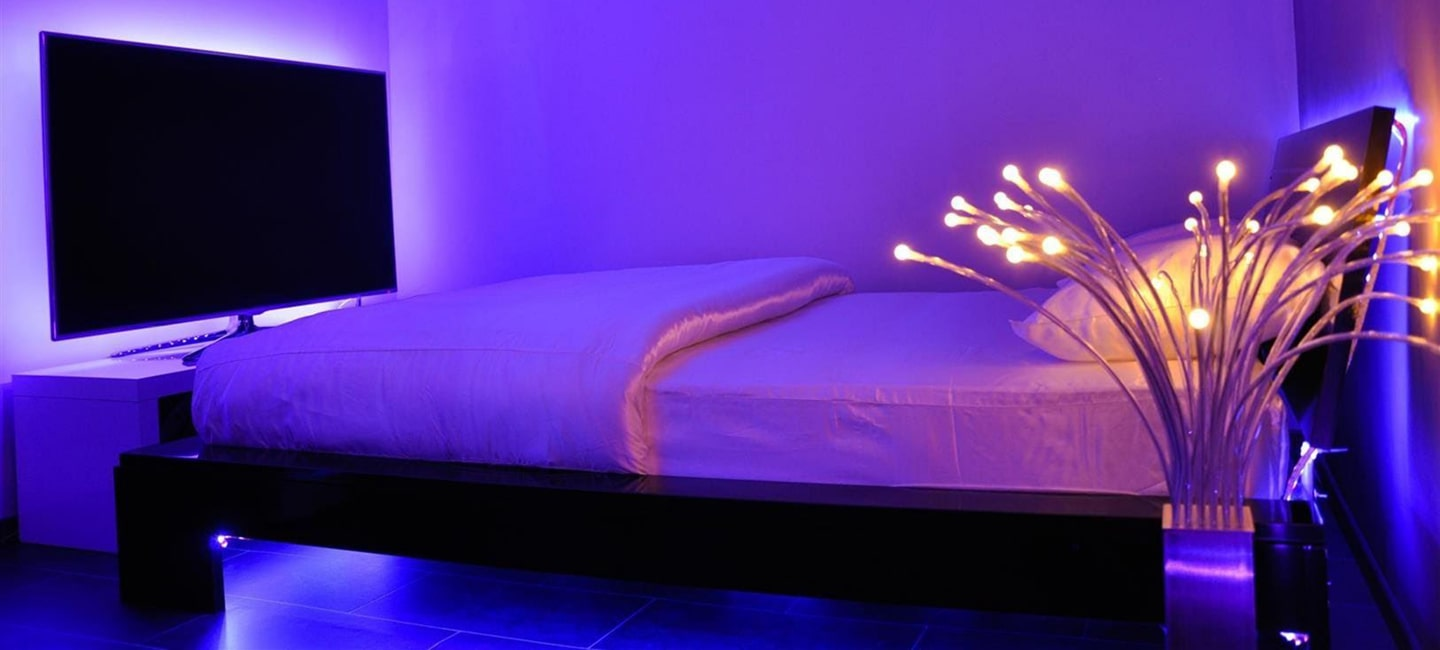
The demand for energy-efficient lighting solutions has surged as the world shifts towards sustainable practices and energy conservation. LED (light-emitting diodes) lights have emerged as a shining beacon of hope in this quest for eco-friendly alternatives. LED lights have revolutionized the lighting industry with their exceptional energy efficiency, surpassing the traditional incandescent bulb and fluorescent lights by leaps and bounds.
But just how much electricity does an LED light use, and what makes it stand out as the ideal choice for modern illumination needs? In this article, we delve into the fascinating world of LED lighting and uncover the secrets behind their minimal energy consumption and maximum impact on the environment and our pockets.
How Much Electricity Does a Led Light Use?
Image Credits: thisoldhouse.com
LED lights are known for energy efficiency, consuming significantly less electricity than traditional incandescent light bulbs. The power consumption of an LED light depends on various factors, including the wattage rating of the LED light bulbs and the number of hours they are in use.
LED lights are typically labeled with wattage, indicating their power consumption. On average, an LED light bulb consumes about 5 to 20 watts of power. However, LED light bulbs are available with higher or lower wattage ratings, depending on the specific purpose and brightness requirements. For example, a standard 60-watt incandescent light bulb can be replaced with an LED bulb consuming only 7 to 12 watts while providing similar brightness.
To determine the amount of electricity an LED light uses, you can multiply the wattage rating by the number of hours it uses. For example, if you have an 8-watt LED light bulb and you use it for 5 hours a day, the daily energy consumption would be 8 watts * 5 hours = 40 watt-hours (Wh).
Types of Led Light and their Electricity Usage
Image Credits: homedepot.com
LED lights come in various types and configurations to suit different lighting needs. Here are some common types of LED lights and their energy consumption:
1. LED Light Bulbs
LED bulbs are designed to replace incandescent bulbs and come in different shapes and sizes, such as A19, BR30, and MR16. The energy consumption of LED bulbs varies depending on their wattage rating. On average, LED bulbs consume around 5 to 20 watts, offering significant energy savings compared to incandescent bulbs.
2. LED Tubes
LED tube lights are commonly used to replace fluorescent tubes in commercial and residential settings. They are available in different lengths, such as T8 and T5. LED tube lights typically consume around 10 to 30 watts, providing similar or higher brightness than fluorescent tubes while using less energy.
3. LED Strip Lights
LED strip lights are flexible, adhesive strips embedded with multiple LEDs. They are often used for accent lighting, decorative purposes, or backlighting applications. The energy consumption of LED strip lights depends on factors like the length and density of LEDs per meter. Typically, LED strip lights consume around 4 to 12 watts per meter.
4. LED Downlights
Image Credits: cristalrecord.com
LED downlights, or recessed or pot lights, are installed into the ceiling to provide focused, directional lighting. They are available in various sizes and wattage ratings. LED downlights consume around 5 to 20 watts per fixture, depending on the brightness and design.
5. LED Floodlights
LED floodlights are designed for outdoor lighting and illumination of large areas. They are commonly used for security, landscape, or sports lighting. The energy consumption of LED floodlights varies depending on the wattage and beam angle. LED floodlights typically range from 10 to 300 watts.
6. LED Spotlights
LED spotlights are directional lights used for highlighting specific objects or areas. They are commonly used in retail displays, art galleries, or residential applications. LED spotlights come in different wattage options, usually ranging from 3 to 20 watts, providing focused, energy-efficient illumination.
How Much Does it Cost to Use a Led Light?
Image Source: houseopedia.com
The cost of running an LED light depends on several factors, including the wattage of the LED bulb, the number of hours it is used per day, and the cost of electricity in your location. However, LED lights are known for their energy efficiency and low operating costs compared to traditional lighting options.
To estimate the cost of running an LED light, you can follow these steps:
- Identify the LED light’s wattage: Check the LED bulb’s packaging or label for its rating. For example, let’s assume it is 10 watts (W).
- Determine the number of hours the LED light is used per day: Estimate the average number of hours the LED light is turned on. Let’s say it is 5 hours.
- Find your electricity rate: Check your electricity bill or contact your utility provider to determine the electricity cost per kilowatt-hour (kWh). For instance, let’s assume it is $0.12 per kWh.
- Calculate the daily energy consumption: Multiply the wattage of the LED light by the number of hours it is used. In our example, 10 W * 5 hours = 50 watt-hours (Wh) per day.
- Convert watt-hours to kilowatt-hours: Divide them by 1,000 to convert them to kilowatt-hours. In this case, 50 Wh / 1,000 = 0.05 kilowatt-hours (kWh) daily.
- Calculate the daily energy cost: Multiply the kilowatt-hours by the electricity rate. In our example, 0.05 kWh * $0.12/kWh = $0.006 daily.
- Optional: Calculate the monthly or annual energy cost: To estimate the monthly cost, multiply the daily cost by the number of days in a month. For the annual cost, multiply the daily cost by 365 days.
Factors Influencing How Much Electricity a Led Light Uses
Image Credits: chintglobal.com
Several factors can influence the amount of electricity an LED light uses. Understanding these factors can help you make informed decisions when choosing and operating LED lights. Here are some key factors that influence the electricity consumption of LED lights:
1. Wattage
The wattage rating of an LED light is a significant factor in determining its electricity usage. Generally, LED lights with higher wattage consume more electricity. However, advancements in LED technology have allowed for increased brightness while reducing wattage, resulting in greater energy efficiency.
2. Brightness Level
A LED light’s brightness or light output is measured in lumens. Higher brightness levels typically require more energy. Therefore, LED lights with higher lumen ratings tend to consume more electricity. It’s essential to balance desired brightness and energy efficiency to meet your lighting needs effectively.
3. Usage Duration
The time an LED light is used daily directly affects electricity consumption. The longer an LED light remains turned on, the more electricity it will consume. Therefore, reducing unnecessary usage and utilizing lighting controls like timers or motion sensors can help optimize energy efficiency.
4. Dimming Capability
LED lights that offer dimming functionality allow you to adjust their brightness levels. When LED lights are dimmed, they consume less electricity. Utilizing dimming controls or LED lights with built-in dimming capabilities can help conserve energy when full brightness is not required.
5. Lighting Design and Placement
The number, placement, and arrangement of LED lights in a given space can impact electricity consumption. Proper lighting design that optimizes coverage and minimizes over-illumination can reduce the number of LED lights needed, resulting in lower overall electricity usage.
6. Energy Efficiency Rating
The energy efficiency of an LED light is typically represented by its luminous efficacy, measured in lumens per watt (lm/W). LED lights with higher efficacy ratings convert more electrical energy into visible light, making them more energy-efficient and consuming less electricity for the same brightness level.
7. Quality and Brand
The quality and brand of LED lights can affect electricity usage. Well-known and reputable brands often invest in research and development to improve energy efficiency, lowering electricity consumption. Opting for high-quality LED lights can help ensure better performance and energy savings.
How to Reduce the Energy Consumption of Led Light
Image Credits: reenergizeco.com
Reducing the energy consumption of LED lights saves electricity bills and helps promote sustainability and lower environmental impact. Here are several effective ways to reduce the energy consumption of LED lights:
1. Choose Energy-Efficient LED Lights
Opt for LED lights with high energy efficiency ratings. Look for LED lights with high luminous efficacy, measured in lumens per watt (lm/W). Higher efficacy means more light output for the same amount of energy consumed. Select LED lights that are energy star certified or labeled with high energy efficiency ratings.
2. Use Lower Wattage LED Bulbs
Consider using LED bulbs with lower wattage ratings while meeting your lighting requirements. LED technology allows for higher brightness levels with lower wattage consumption than traditional lighting options. Choosing lower-wattage LED bulbs can significantly reduce energy usage without compromising on illumination.
3. Utilize Dimming Controls
Take advantage of dimming controls to adjust the brightness of LED lights based on your needs. Dimming reduces the amount of electricity consumed by LED lights. Install dimmer switches compatible with LED lights, or choose LED lights with built-in dimming capabilities. This allows you to customize the lighting levels and optimize energy usage in different scenarios.
4. Implement Lighting Controls
Install lighting controls such as occupancy, timers, or daylight sensors to ensure that LED lights are only activated when needed. These controls automatically turn off or dim the lights when there is no activity or sufficient natural daylight in the area, reducing unnecessary energy consumption.
5. Use Task Lighting
Consider implementing task lighting for specific work areas or activities instead of general overhead lighting. Task lighting provides focused illumination where it is needed, reducing the need for excessive general lighting. This targeted approach helps save energy by providing adequate lighting only where necessary.
6. Proper Lighting Design
Ensure your lighting design is optimized for energy efficiency. Consider lighting layout, fixture placement, and distribution to minimize wasteful lighting practices. Properly directing and distributing light can enhance visibility and reduce the required LED lights, decreasing energy consumption.
7. Regular Maintenance
Keep LED lights clean and in good condition to maintain efficiency. Dust, dirt, or debris can reduce light output and require LED lights to consume more energy to produce the desired brightness. Regularly clean the fixtures and remove any obstructions that may hinder the light output.
8. Educate and Encourage Energy-Saving Habits
Promote energy-saving habits among occupants or users of the space. Encourage turning off lights when not needed, utilizing natural daylight whenever possible, and using lighting controls effectively. Creating awareness about energy conservation and fostering a culture of responsible lighting usage can contribute to significant energy savings.
Conclusion on How Much Electricity Does a Led Light Use
Image Credits: birddogdistributing.com
LED lights have emerged as a beacon of energy efficiency, revolutionizing the lighting industry with minimal electricity consumption. These innovative light sources convert a more significant percentage of electrical energy into light, outshining traditional incandescent and fluorescent bulbs. An LED light’s electricity depends primarily on its wattage, with average consumption ranging from 5 to 20 watts.
However, wattage alone does not dictate brightness, as LED technology allows for comparable illumination at significantly lower wattages than conventional bulbs. As a result, LED lights consume up to 80% less electricity, translating to substantial cost savings and a lighter environmental footprint.
